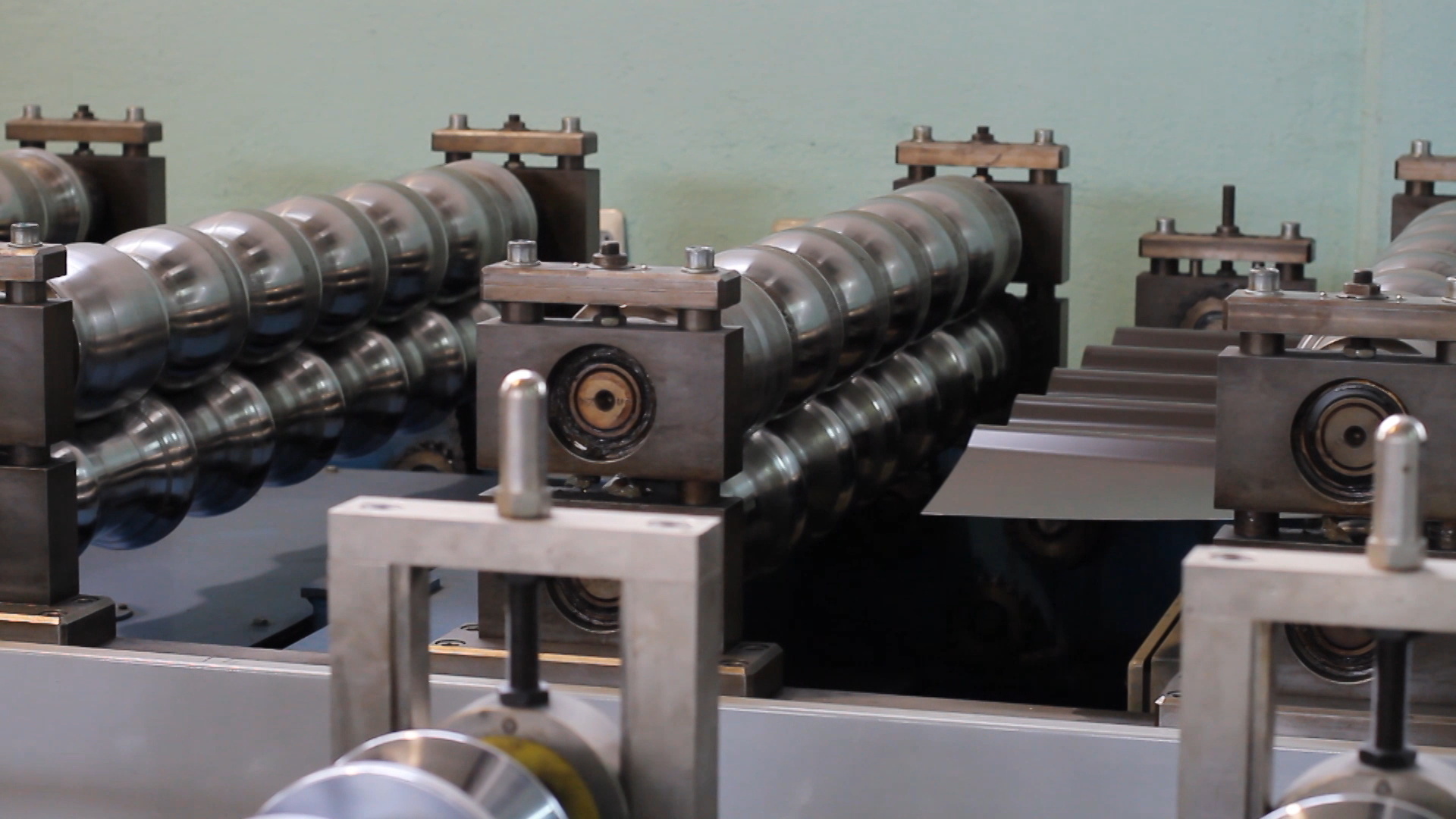language
05
2025
-
10
Enhancing Energy Efficiency with Thermal-Break Windows and Doors
Thermal-break windows and doors are an innovative solution in the field of building materials, particularly when it comes to enhancing energy efficiency and comfort within residential and commercial properties. The primary function of these products is to minimize heat transfer between the interior and exterior environments, which can significantly reduce energy consumption and improve thermal com
Thermal-break windows and doors are an innovative solution in the field of building materials, particularly when it comes to enhancing energy efficiency and comfort within residential and commercial properties. The primary function of these products is to minimize heat transfer between the interior and exterior environments, which can significantly reduce energy consumption and improve thermal comfort.
The key feature of thermal-break technology lies in the materials used to create a barrier between the inner and outer frames of windows and doors. Typically, this barrier is made of a low-conductivity material, such as polyamide or polyurethane, which effectively interrupts the flow of thermal energy. As a result, thermal-break windows and doors help to mitigate heat loss in the winter and reduce heat gain during the summer. This is particularly beneficial in areas with extreme weather conditions.
One of the standout advantages of thermal-break windows and doors is their contribution to energy efficiency. By minimizing the reliance on heating and cooling systems, homeowners and businesses can experience lower energy bills. Additionally, these products often qualify for energy efficiency certifications, which can be an added benefit for those looking to enhance a building's sustainability profile.
Another significant benefit of thermal-break windows and doors is their enhanced comfort level. By reducing drafts and maintaining a more consistent indoor temperature, occupants can enjoy a more pleasant living or working environment. This is increasingly important in commercial spaces where employee comfort can directly impact productivity.
Beyond energy efficiency and comfort, thermal-break windows and doors also offer aesthetic appeal and design versatility. Available in various styles, colors, and finishes, these products can complement any architectural design. They can be customized to fit the specific needs of a building, ensuring both functionality and visual appeal.
Durability is another critical aspect of thermal-break windows and doors. Designed to withstand harsh weather conditions, these products often feature materials that resist corrosion, fading, and warping. This longevity translates to lower maintenance costs over time, making them a practical choice for property owners.
In conclusion, thermal-break windows and doors represent a noteworthy advancement in building materials, offering a blend of energy efficiency, comfort, aesthetic flexibility, and durability. Whether for residential or commercial applications, investing in thermal-break technology can lead to significant long-term benefits, making it a smart choice for modern construction and renovation projects.
The key feature of thermal-break technology lies in the materials used to create a barrier between the inner and outer frames of windows and doors. Typically, this barrier is made of a low-conductivity material, such as polyamide or polyurethane, which effectively interrupts the flow of thermal energy. As a result, thermal-break windows and doors help to mitigate heat loss in the winter and reduce heat gain during the summer. This is particularly beneficial in areas with extreme weather conditions.
One of the standout advantages of thermal-break windows and doors is their contribution to energy efficiency. By minimizing the reliance on heating and cooling systems, homeowners and businesses can experience lower energy bills. Additionally, these products often qualify for energy efficiency certifications, which can be an added benefit for those looking to enhance a building's sustainability profile.
Another significant benefit of thermal-break windows and doors is their enhanced comfort level. By reducing drafts and maintaining a more consistent indoor temperature, occupants can enjoy a more pleasant living or working environment. This is increasingly important in commercial spaces where employee comfort can directly impact productivity.
Beyond energy efficiency and comfort, thermal-break windows and doors also offer aesthetic appeal and design versatility. Available in various styles, colors, and finishes, these products can complement any architectural design. They can be customized to fit the specific needs of a building, ensuring both functionality and visual appeal.
Durability is another critical aspect of thermal-break windows and doors. Designed to withstand harsh weather conditions, these products often feature materials that resist corrosion, fading, and warping. This longevity translates to lower maintenance costs over time, making them a practical choice for property owners.
In conclusion, thermal-break windows and doors represent a noteworthy advancement in building materials, offering a blend of energy efficiency, comfort, aesthetic flexibility, and durability. Whether for residential or commercial applications, investing in thermal-break technology can lead to significant long-term benefits, making it a smart choice for modern construction and renovation projects.
thermal-break windows and doors





